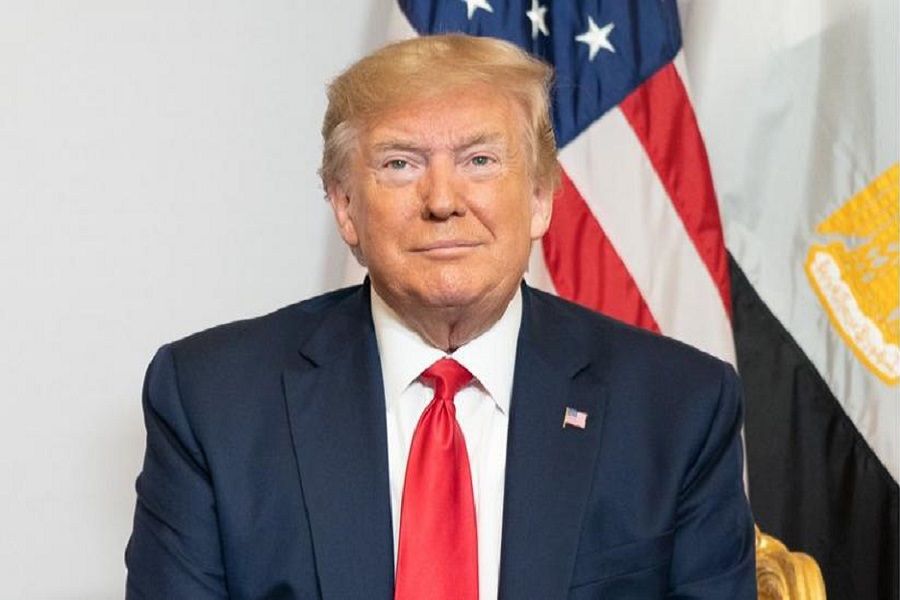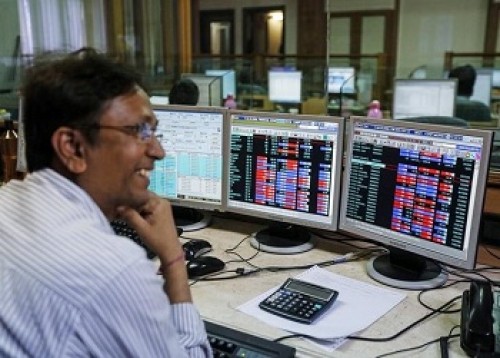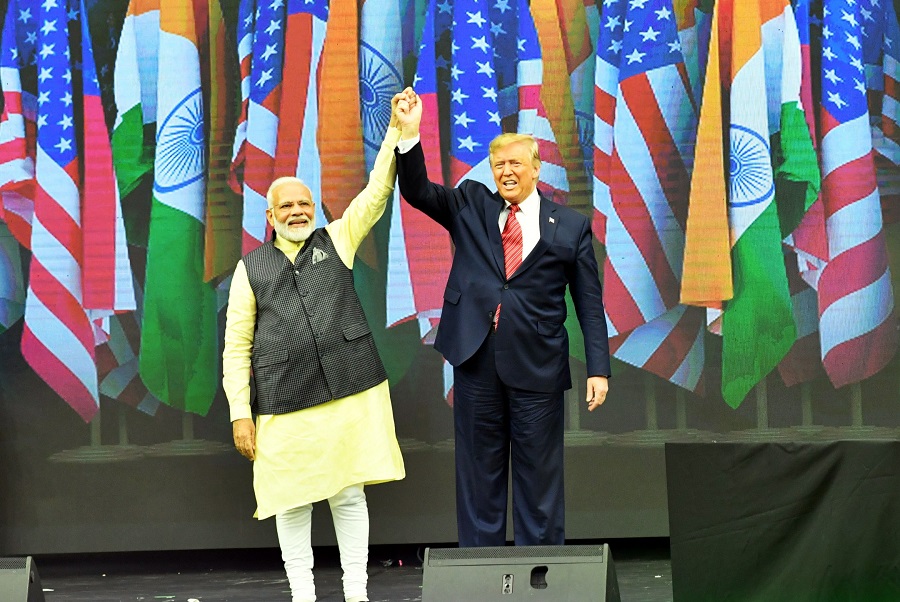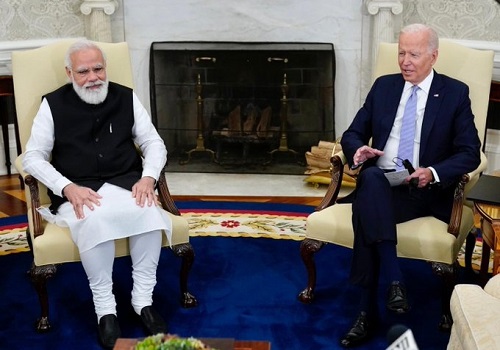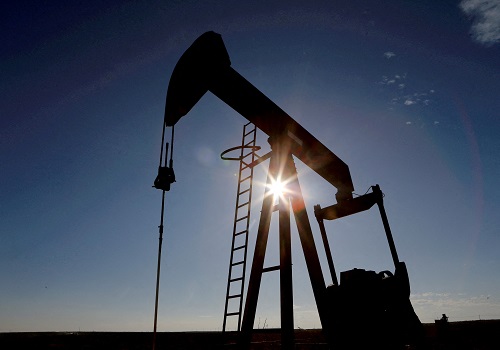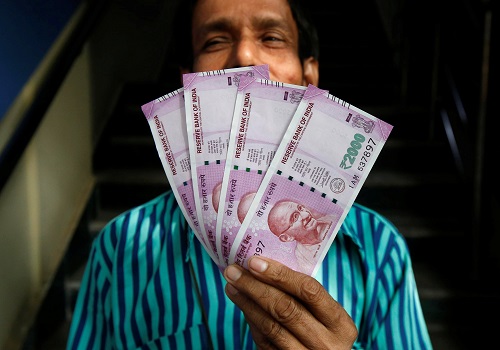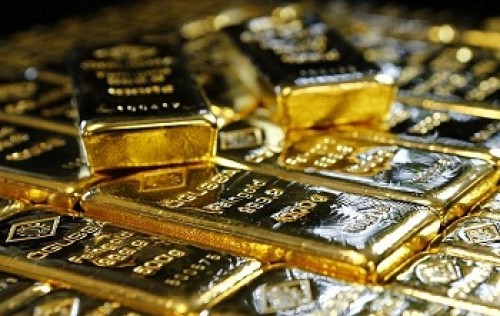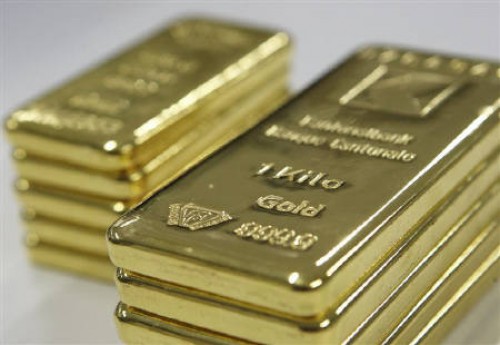Gold Outlook – April 2022 by Chirag Mehta & Ghazal Jain, Quantum AMC

Follow us Now on Telegram ! Get daily 10 - 12 important updates on Business, Finance and Investment. Join our Telegram Channel
Below is the Gold Outlook - April 2022 by Chirag Mehta, CIO & Ghazal Jain, Fund Manager- alternative Investment, Quantum AMC
Buoyed by the uncertainty, risk aversion, and inflation push of the Russia-Ukraine war, gold rallied to $2,050 levels in early March, before cooling down to $1,925 levels by the end of the month thanks to a very hawkish Fed. Higher oil prices and a sharp hawkish repricing of Fed rate hike expectations led to foreign money outflows and depreciated the USD INR rate to all-time lows before settling at 76 levels, giving domestic gold prices an extra push.
We are in the second month of Russia’s invasion of Ukraine. The conflict appears to have reached a stalemate and could either see a resolution soon or escalate further as experts warn Russia could resort to using tactical nuclear strikes to get ahead. Such escalation would hurt investor sentiment, roil markets and propel gold prices. Even if the conflict comes to an end, we can expect gold prices to reflect some risk premiums as the geopolitical ripple effects of this war unfold. The economic sanctions against Russia will continue even after the war and will continue to pressure global energy and food supply chains, stimulating inflation and keeping gold relevant.
Initially perceived as transitory due to the bottlenecks and base effects of the post-pandemic reopening, hit by new supply side challenges, price rises are proving stickier and broader based than central banks had expected. Thus, while a 25-basis-point rate hike by the Fed was mostly priced in, the FOMC in its March meeting sounded more aggressive than markets expected about bringing down decades-high inflation. The Fed Chair warned about supersize rate hikes if necessary, going forward, spurring expectations of a 50-basis-point hike at the Fed’s May meeting. Powell also put shrinking the Fed’s balance sheet on the table for May. In response, the yield on the benchmark 10-year US Treasury note climbed above 2.5% for the first time in 2 years and gold prices settled lower. With a total of six potential rate hikes left for the year based on the number of FOMC meetings scheduled, US rates could be between 2% and 2.5% by December, up from 0% at the start of 2022 making this the sharpest Fed pivot in 20 years.
In theory, a hawkish Fed isn’t good news for gold. But while the Fed is currently emboldened by the resilience of the economy and financial markets, its aggressiveness will be tested by a possible economic slowdown or stock market turbulence, which will have bullish implications for gold. On the other hand, if the Fed remains focused on reining in inflation as aggressively as it has suggested, substantial pain awaits the global economy. Bond markets are already flashing recession signals with parts of the US Treasury yield curve rapidly flattening, some even inverting indicating that investors are pessimistic about the long-term outlook. This is good news for the yellow metal, which tends to do well during economic stress. The Fed also lowered the growth predictions for the year, and raised inflation expectations, thereby amplifying concerns of stagflation, which is expected to work in favour of gold.
Globally, equities have been under pressure this year. Geopolitical tensions, sky-high commodity prices, supply chain issues and policy tightening have all made investors less optimistic about future global earnings growth. Bank of America’s latest global fund manager survey showed cash levels at the highest since April 2020 and global growth expectations the lowest since the financial crisis of 2008. Financial markets could witness more headwinds with investors doubting the Fed's plan to engineer a "soft landing" for the economy as it hikes interest rates to fight inflation. A portfolio allocation to gold can help investors stomach much of this volatility.
For now, gold will continue to be pulled in different directions as investors struggle to determine whether a potential recession and other economic repercussions of the Russia-Ukraine war or monetary tightening by the Fed to tackle inflation has bigger implications for the metal.
The global economic and political isolation of Russia will potentially add momentum to the de- globalization wave which began with the pandemic, disrupting the world order and financial markets as well as stimulating inflation as production moves away from low-cost economies. This environment will be supportive for gold. The Russia-Ukraine war will also accelerate the erosion of the US dollar’s dominance as countries look to diversify their reserves away from it and into gold as a way to protect themselves from future potential sanctions which can freeze their dollar assets. With Russia urging China and India to settle trades in gold, rubles, or yuan, the global monetary system could get fragmented. While the replacement of the dollar as reserve currency is not happening any time soon, the weaponization of the currency could reshape the global monetary system with gold possibly playing a more important role than before.
Gold prices could face downside risks in the near term owing to higher bond yields and the resolution of the Russia-Ukraine conflict sooner or later. Given the geopolitical and macroeconomic backdrop, this could potentially be a good opportunity for investors to enter the market for the medium to long-term, to benefit from the various risks and structural disruptions which will be conducive for gold.
Above views are of the author and not of the website kindly read disclaimer






